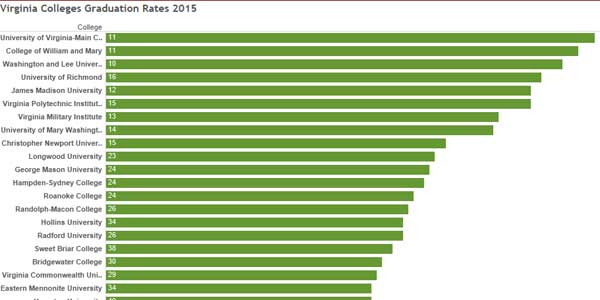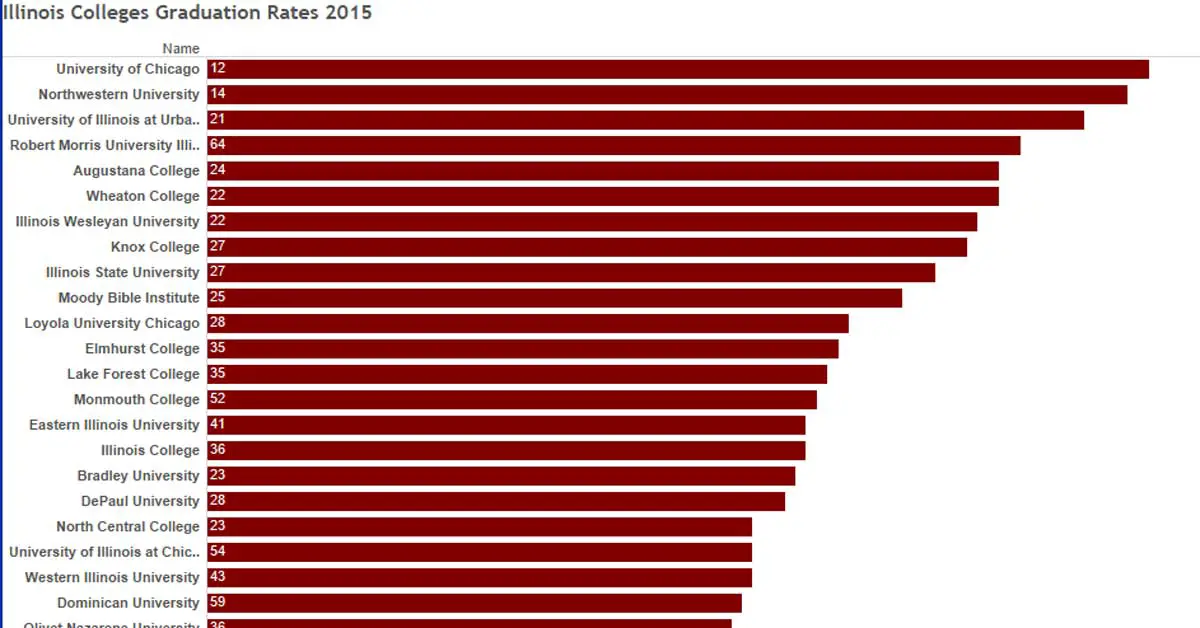 Last September a group of 80 colleges announced a new college application designed to improve access, affordability, and success. They actually call themselves the Coalition for Access, Affordability, and Success. But for some reason, the counselors who work with high school students, both private and school-based, don’t seem impressed with the new option. Maybe because the Coalition apparently hasn’t even piloted the application yet or listed any committed Community Based Organizations?
Last September a group of 80 colleges announced a new college application designed to improve access, affordability, and success. They actually call themselves the Coalition for Access, Affordability, and Success. But for some reason, the counselors who work with high school students, both private and school-based, don’t seem impressed with the new option. Maybe because the Coalition apparently hasn’t even piloted the application yet or listed any committed Community Based Organizations?
Find a College
What You Need to Know About the DIY College Rankings College Profile
 In each of my newsletters, I include a brief profile of a 50-50 college. For those new to my website, a 50-50 school is a college that accepts at least 49% of students and has at least a 49% graduation rate. I use the four-year rate for private schools and the five-year rate for public. You can download a complete list here.
In each of my newsletters, I include a brief profile of a 50-50 college. For those new to my website, a 50-50 school is a college that accepts at least 49% of students and has at least a 49% graduation rate. I use the four-year rate for private schools and the five-year rate for public. You can download a complete list here.
I have also created profiles for over 350 of them so far and am gradually getting them all listed. You can find individual profiles here. With all of the college search websites available, it wouldn’t be unreasonable for you to wonder why I bother, or more importantly, why you should bother to look at them.
How to Pay Less for College: Avoid Goldilocks Colleges
 I started off this series of How to Pay Less for College by discussing how the economics of supply and demand are the basis for cutting the cost of college. The next two posts on college rankings and geography were basically explaining two significant elements that affect how much families will pay for college. Today I want to talk about a third factor that falls under the supply and demand of college admissions: college size.
I started off this series of How to Pay Less for College by discussing how the economics of supply and demand are the basis for cutting the cost of college. The next two posts on college rankings and geography were basically explaining two significant elements that affect how much families will pay for college. Today I want to talk about a third factor that falls under the supply and demand of college admissions: college size.
How to Pay Less for College: Geography Matters
 As someone who recently bought a house in an economically booming market, I can tell you the same house costs a lot more near the city center than out in the suburbs. My husband and I looked at the trade-offs in terms of travel time and cost and for us, the suburbs made sense. We don’t live in Austin, we are actually in the extraterritorial jurisdiction of the city of Hutto. And despite the Hippo fetish, we’re good with that.
As someone who recently bought a house in an economically booming market, I can tell you the same house costs a lot more near the city center than out in the suburbs. My husband and I looked at the trade-offs in terms of travel time and cost and for us, the suburbs made sense. We don’t live in Austin, we are actually in the extraterritorial jurisdiction of the city of Hutto. And despite the Hippo fetish, we’re good with that.
How does this have anything to do with how to pay less for college? Because how much you pay for college can depend on location.
50-50 Highlights: Is Your College Degree Worth More Than a High School Diploma?
 Something happened this weekend that most families trying to figure out how to pick and pay for college missed–and most colleges are probably good with this. This weekend the government released a revised College Scorecard that lets users filter schools based on graduation rates, average annual costs, and graduate median salary. Better yet, all the data collected (although not necessarily used) by the College Scorecard was also released for downloading. Guess what I’ve been doing since Sunday?
Something happened this weekend that most families trying to figure out how to pick and pay for college missed–and most colleges are probably good with this. This weekend the government released a revised College Scorecard that lets users filter schools based on graduation rates, average annual costs, and graduate median salary. Better yet, all the data collected (although not necessarily used) by the College Scorecard was also released for downloading. Guess what I’ve been doing since Sunday?
Wyoming College Resources, Graduation Rates, and Test Scores
Where to Start Looking to Find a College in Wyoming
 Wyoming has only one four-year institution with 500 or more full-time undergraduates, The University of Wyoming. Families looking for information on Wyoming specific scholarships should visit the Wyoming Department of Education. It has information on the Hathaway and Douvas scholarships. The website also links to the state’s community colleges and the University of Wyoming.
Wyoming has only one four-year institution with 500 or more full-time undergraduates, The University of Wyoming. Families looking for information on Wyoming specific scholarships should visit the Wyoming Department of Education. It has information on the Hathaway and Douvas scholarships. The website also links to the state’s community colleges and the University of Wyoming.



